An adsorption case.
In this case, a change was made to a formulation used by an engineering company that had utilised the product for many years in its production. It was crucial to the engineering company that the change, which was done by the supplier for environmental reasons, didn’t have any negative effects on the performance of the product in-use with them. As it was equally crucial for the supplier to show this, CR was asked, by the engineering company and the supplier together, to perform a study that would simulate the change. The important function of the formulation was going to be surface adsorption and coverage and thus, we chose to use QCM-D. The difficulty lay in the minute concentrations studied and how to interpret data from the low signal produced. We had to perform several reference measurements to know better what the signals represented but after thorough interpretation we could conclude that there were no indications that the new product would be inferior and thus that the end-use with the engineering company could be supported.
This was a project sponsored both by the end-user (the engineering company) and their supplier.
This was definitely a project where the important service was not the instrumental know-how (QCM-D) but the experience of how to interpret results far from school-book examples. The instrument appears so simple to use and it is straightforward to get data that one could easily be seduced to think interpretation is as easy…
The image is a photo of the vinyl record cover of album Piledriver from 1972.


